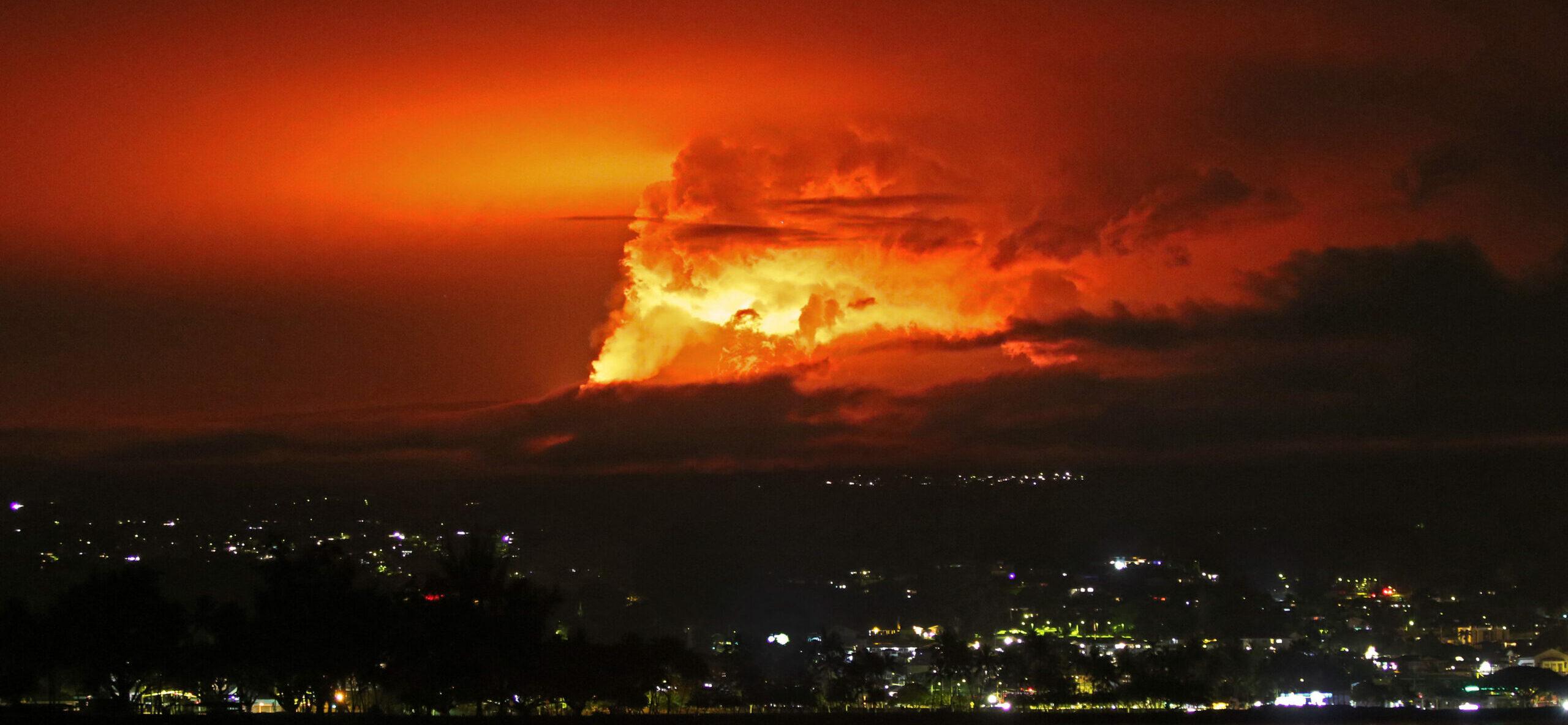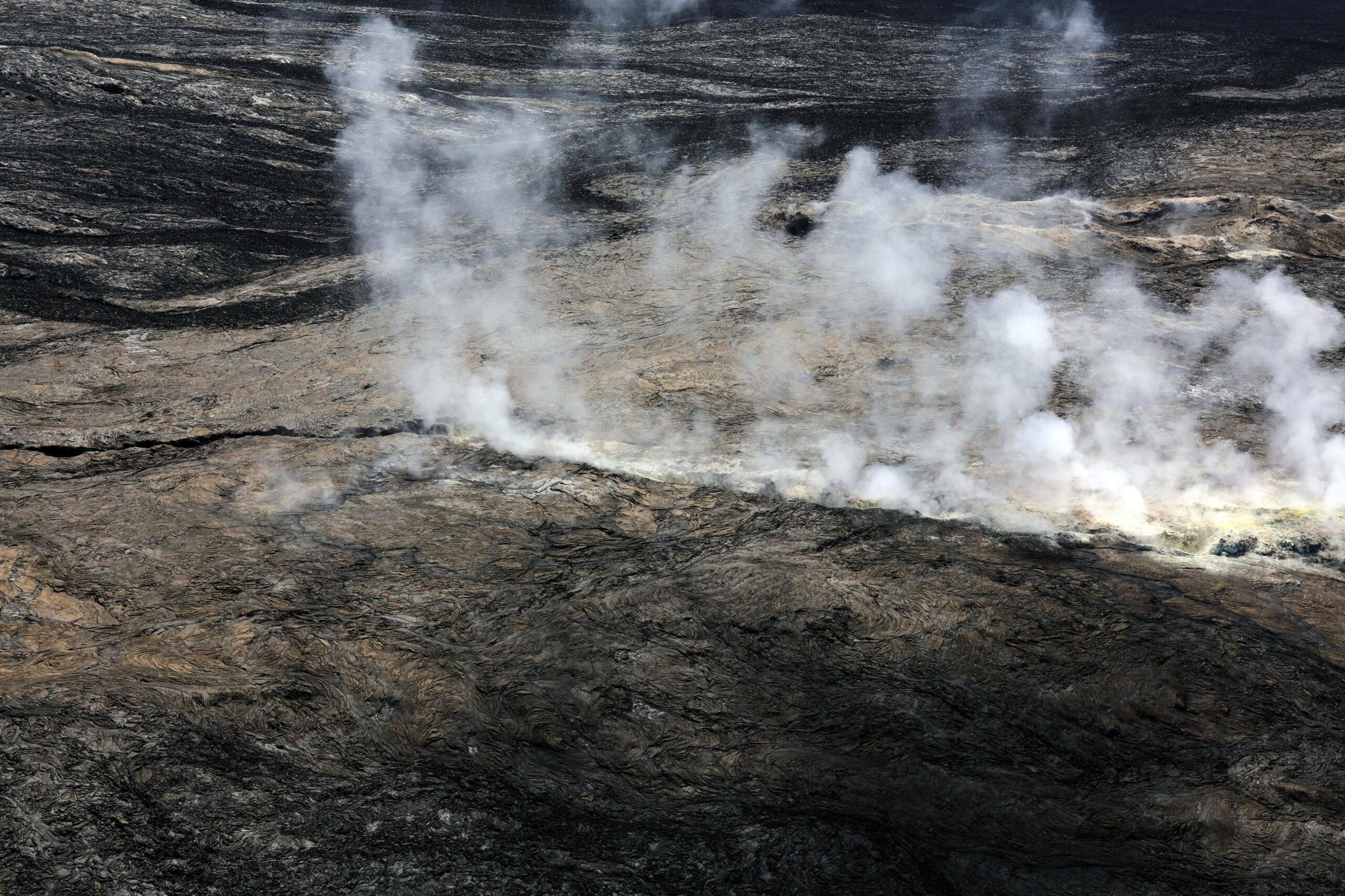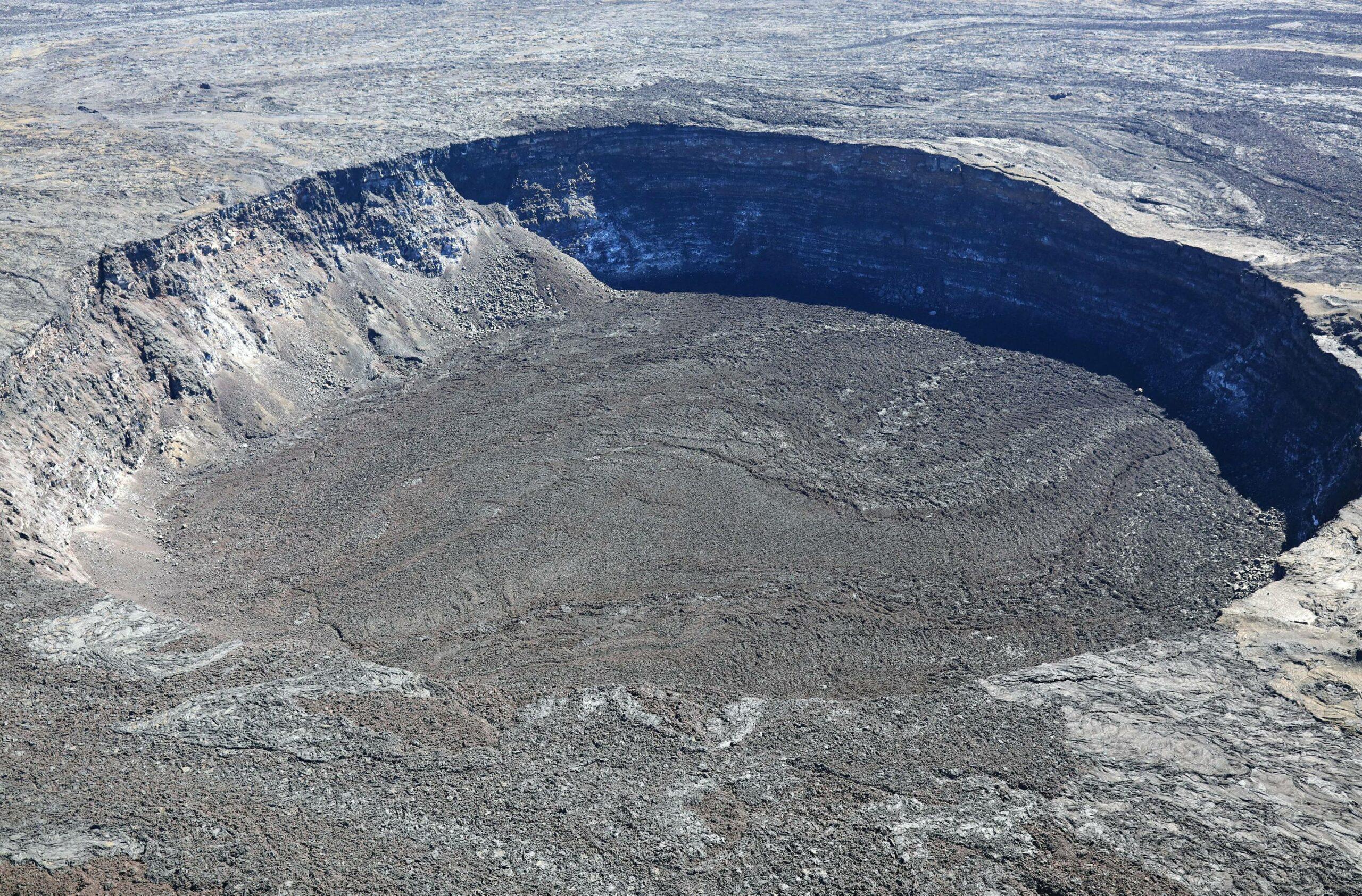Mauna Loa Volcano In Hawaii Makes A Blazing Return As It Erupts After Being Dormant For 38 Years
By Favour Adegoke on November 29, 2022 at 10:30 AM EST
Updated on November 30, 2022 at 2:59 PM EST

A blazing return!
Listen to this article:
[audio mp3="https://theblast.com/wp-content/uploads/2022/11/The-Blast-Mauna-Loa-Volcano-In-Hawaii-Makes-A-Blazing-Return-As-It-Erupts-After-Being-Dormant-For-38-Years.mp3"][/audio]Read by: Cameron Thomas
Hawaii's Mauna Loa, the biggest active volcano in the world, has erupted for the first time since 1984. Following its eruption, lava spewed down one side of the volcano, dubbed the Northeast Rift Zone, alongside vast volumes of volcanic gases and ashes.
In the meantime, there has been no call for evacuation as the incident is not threatening communities downhills. Flights within the area are still ongoing, while the situation of the volcano is still being monitored.
Over the past months, Mauna Loa has faced increased seismic activities and has also experienced multiple earthquakes.
Read on to learn more.
Downhill Communities Not Threatened By The Mauna Loa Eruption

On Sunday, Hawaii's Mauna Loa came alive at around, shooting out lava and ash for the first time in nearly four decades.
"Hawaiian Volcano Observatory reports that an eruption began around 11:30 p.m. HST in Moku‘āweoweo, the summit caldera of Mauna Loa," announced Hawaii EMA on their Twitter page about the natural incident. "At this time, the eruption is limited to the summit area and is NOT threatening communities downhill."
The US Geological Survey also echoed the same information in their report on Monday, explaining that the lava is currently only flowing from the area where the volcano split.
"All indications are that the eruption will remain in the Northeast Rift Zone," the agency announced, per CNN. "Volcanic gas and possibly fine ash and Pele's Hair (strands of lava glass) may be carried downwind."
Evacuations have yet to be ordered following the eruption. In the meantime, a few shelters have been opened as a precaution against any further flare-ups in the coming days.
Hawaii Volcano Observatory Calls For Communities To Remain Alert

Despite earlier reports from multiple agencies that the downhill companies are not currently in danger, the Hawaii Volcano Observatory has called for the communities to remain alert for new information about the volcano.
In an announcement, it claimed that the flow of the lava could change in the coming days and move faster.
"Based on past events, the early stages of a Mauna Loa eruption can be very dynamic, and the location and advance of lava flows can change rapidly," the observatory said, per CNN.
The report further read. "If the eruption remains in Moku’āweoweo, lava flows will most likely be confined within the caldera walls. However, if the eruptive vents migrate outside its walls, lava flows may move rapidly downslope."
Since its first well-documented eruption in 1843, the Mauna Loa had erupted 33 times, with its last occurrence in 1984, before it erupted on Monday.
Potential Hazards Due To The Eruption

In the meantime, it is expected that the toxic gases released during the eruptions might spread toward residential areas, although that is yet to happen.
"The #MaunaLoa eruption on #Hawaii Island may create potential air quality hazards across the state. Air quality remains normal, however, the eruption could cause #vog, ash in the air, and levels of sulfur dioxide to increase and fluctuate. Conditions may change rapidly," read a tweet posted by the Hawaii Health Department.
Ashfalls have the potential to harm structures like cars and buildings, taint water sources, interfere with sewage and electrical systems, and harm or even kill plants if the situation worsens. It may also be damaging to the body as it irritates the eyes and lungs.
Air flights in and out of the country could also be affected, although the Hawaiian Tourism Authority has stated that there is currently no restriction on travel.
Mauna Loa Experiencing Increased Seismic Activities
https://twitter.com/Paradisecopters/status/1597382309959073792?s=20&t=XPWr3qiiUShBTPaMGkALAg
Prior to its eruption, Mauna Loa had been in a tense state due to elevated seismic activity and increased earthquake rates that have been happening throughout the year.
According to the US Geological Survey, the frequency of earthquakes increased from five to ten per day in June 2022 to about ten to twenty per day in July and August. CNN also reported that the number of earthquakes peaked on September 23 and September 29, with more than 100 quakes recorded.
The recurring seismic activities led to the restriction of the summit of Mauna Loa to all hikers until further notice while the situation is being monitored.